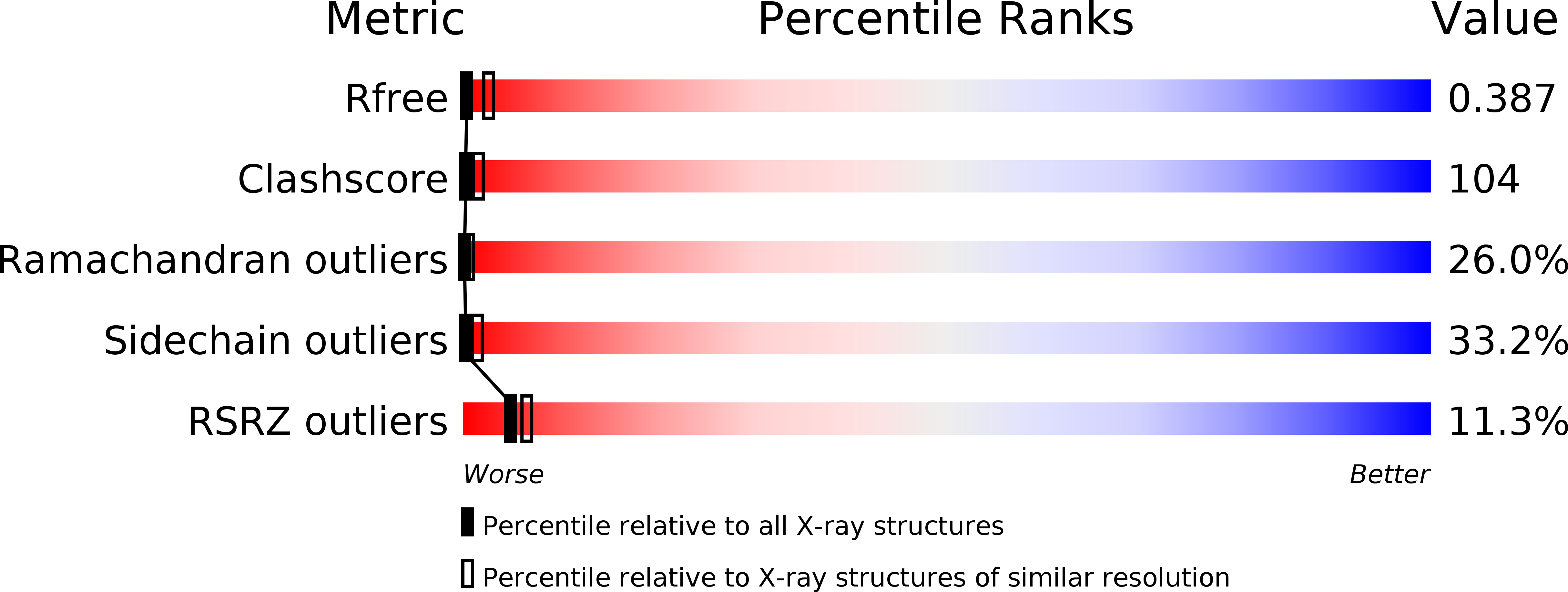Structure determination and improved model of plant photosystem I.
Amunts, A., Toporik, H., Borovikova, A., Nelson, N.(2010) J Biol Chem 285: 3478-3486
- PubMed: 19923216
- DOI: https://doi.org/10.1074/jbc.M109.072645
- Primary Citation of Related Structures:
2WSC, 2WSE, 2WSF, 3LW5 - PubMed Abstract:
Photosystem I functions as a sunlight energy converter, catalyzing one of the initial steps in driving oxygenic photosynthesis in cyanobacteria, algae, and higher plants. Functionally, Photosystem I captures sunlight and transfers the excitation energy through an intricate and precisely organized antenna system, consisting of a pigment network, to the center of the molecule, where it is used in the transmembrane electron transfer reaction. Our current understanding of the sophisticated mechanisms underlying these processes has profited greatly from elucidation of the crystal structures of the Photosystem I complex. In this report, we describe the developments that ultimately led to enhanced structural information of plant Photosystem I. In addition, we report an improved crystallographic model at 3.3-A resolution, which allows analysis of the structure in more detail. An improved electron density map yielded identification and tracing of subunit PsaK. The location of an additional ten beta-carotenes as well as five chlorophylls and several loop regions, which were previously uninterpretable, are now modeled. This represents the most complete plant Photosystem I structure obtained thus far, revealing the locations of and interactions among 17 protein subunits and 193 non-covalently bound photochemical cofactors. Using the new crystal structure, we examine the network of contacts among the protein subunits from the structural perspective, which provide the basis for elucidating the functional organization of the complex.
Organizational Affiliation:
Biochemistry Department, George S Wise Faculty of Life Sciences, Tel Aviv University, Tel Aviv 69978, Israel.









































